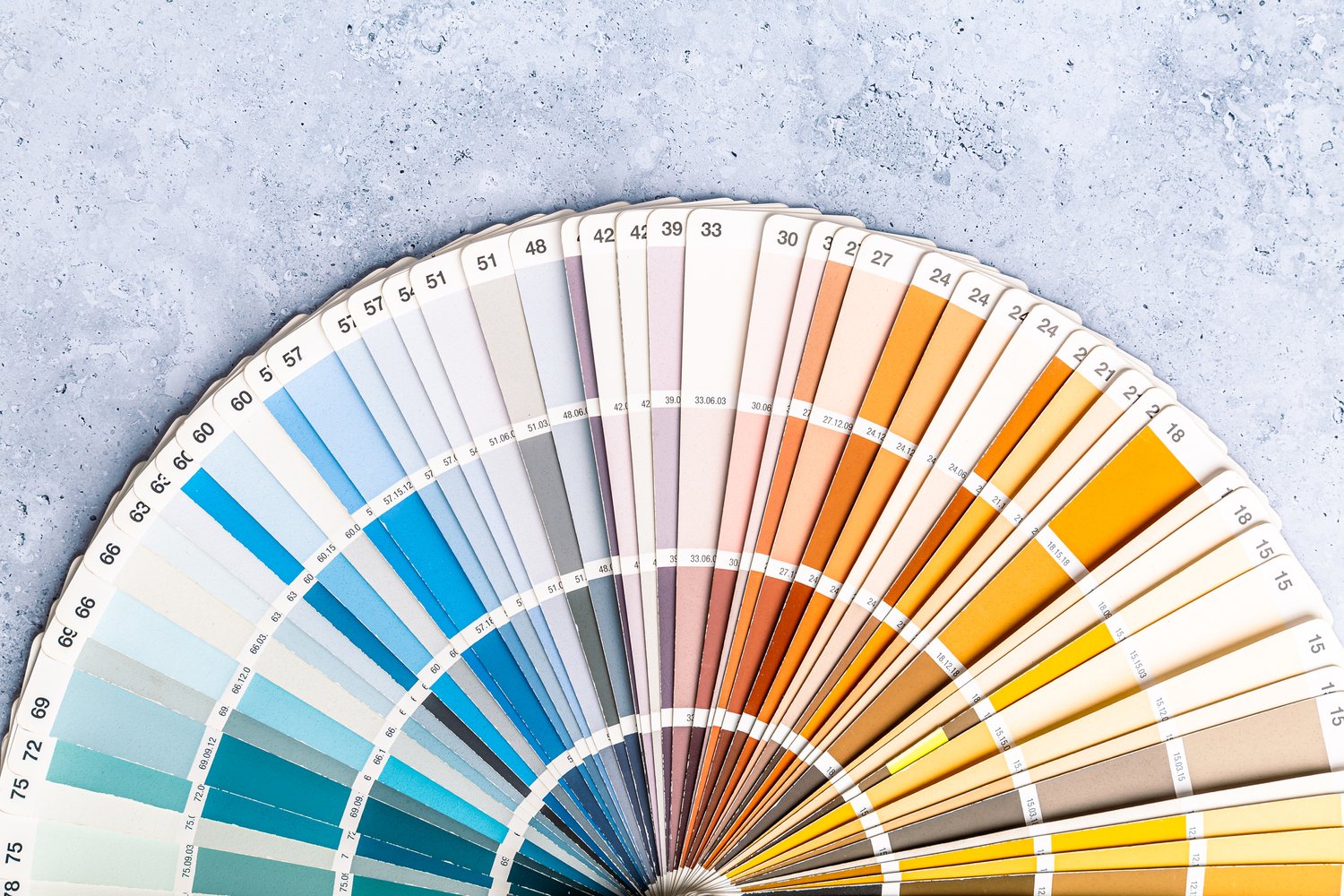Home renovation projects can bring fresh life to your living space, but when you share that space with furry, feathered, or scaled companions, it’s crucial to consider their safety. Many standard paints and finishes contain chemicals that can harm pets through inhalation, ingestion, or skin contact. This article will guide you through understanding what makes paints and finishes pet-safe, how to identify non-toxic home finishes, and recommend the best options for pet-friendly decorating that keep your beloved animals protected while beautifying your home.
Why Standard Paints Can Be Harmful to Pets
Conventional paints often contain volatile organic compounds (VOCs) that release harmful gases into the air during application and as the paint dries. These chemicals can persist for weeks or even months after painting. Pets are particularly vulnerable to these toxins for several reasons. First, they’re closer to the ground where heavier VOCs settle. Second, their respiratory systems are generally more sensitive than humans’. Third, pets may lick or chew painted surfaces, directly ingesting harmful substances.
The effects can range from mild respiratory irritation to serious neurological issues. Symptoms of VOC exposure in pets include watery eyes, sneezing, coughing, breathing difficulties, lethargy, loss of coordination, and in severe cases, liver or kidney damage. Smaller pets like birds are especially susceptible, as their respiratory systems are extremely sensitive to airborne toxins.
Understanding Pet-Safe Paint Options
When searching for pet-safe paint options, low-VOC and zero-VOC paints should be at the top of your list. VOC content is typically measured in grams per liter (g/L). Standard paints may contain up to 500 g/L of VOCs, while low-VOC options contain less than 50 g/L, and zero-VOC paints have less than 5 g/L. These environmentally friendly alternatives have improved dramatically in recent years, offering excellent coverage and durability comparable to traditional formulations.
Beyond VOC content, look for paints labeled as non-toxic and free from heavy metals like lead, mercury, and cadmium. Many manufacturers now create specifically formulated pet-friendly paints that are resistant to pet stains and scratches while maintaining safety standards. As noted by experts at AskHomey, investing in quality pet-safe materials upfront can prevent costly health issues and repainting needs down the road.
Best Non-Toxic Home Finishes for Various Surfaces
While walls get most of the attention, other surfaces in your home also need consideration when pursuing pet-friendly decorating. For wood floors and furniture, water-based polyurethane finishes are generally safer than oil-based options. They contain fewer solvents and dry faster, reducing exposure time. Look for products certified by organizations like Green Guard or Green Seal, which verify low chemical emissions.
For fabric treatments, skip traditional stain repellents that contain perfluorochemicals (PFCs). Instead, choose plant-based fabric protectors that repel liquids without harmful chemicals. These work well on upholstery that pets frequently come into contact with.
When refinishing cabinets or other wooden elements, milk paint and chalk paint are excellent non-toxic alternatives to traditional stains and varnishes. These finishes are made from natural ingredients, produce minimal odors, and contain virtually no VOCs. They can be sealed with beeswax or other natural products for durability without compromising your pet’s safety.
Application Tips for Pet Safety
Even with pet-safe paint and non-toxic home finishes, proper application remains important. Temporarily relocate your pets during the painting process and for at least 24-48 hours afterward, even with zero-VOC products. This prevents direct exposure to wet paint and allows adequate ventilation.
Maintain maximum ventilation during and after application by opening windows and using fans. Clean up spills immediately to prevent curious pets from investigating. Store all painting supplies securely away from pets, as even pet-friendly products aren’t meant for consumption.
For extensive projects, consider painting in stages so your pets aren’t displaced for extended periods. Rooms that pets use frequently should be prioritized for completion so they can return to their normal routine as quickly as possible.
Recommended Brands and Products
Several manufacturers have recognized the demand for pet-safe painting options. Brands like Ecos, Benjamin Moore Natura, Sherwin-Williams Harmony, and Earthpaint offer excellent zero-VOC formulations that perform well in homes with pets. For specialized areas like pet rooms or outdoor dog houses, consider Mythic Paint or SafeCoat, which are specifically designed to withstand pet activity while remaining non-toxic.
For floor finishes, products like Vermont Natural Coatings PolyWhey or AFM Safecoat Polyureseal BP provide durable protection without harmful solvents. These products resist scratches from pet claws while maintaining indoor air quality.
When selecting sealants for bathrooms or kitchens, choose silicone-based products over traditional caulks, as they contain fewer biocides and fungicides that could harm curious pets who might chew on surfaces.
Testing Before Full Application
Before committing to a full room, test your selected pet-safe paint or finish in a small, inconspicuous area. Observe how your pets react to the product over 24-48 hours. Some animals may have sensitivities even to products marketed as pet-friendly. This testing period also allows you to evaluate the performance of the product before full application.
For more tips and to connect with reliable home service professionals, follow AskHomey on Facebook and Instagram.



